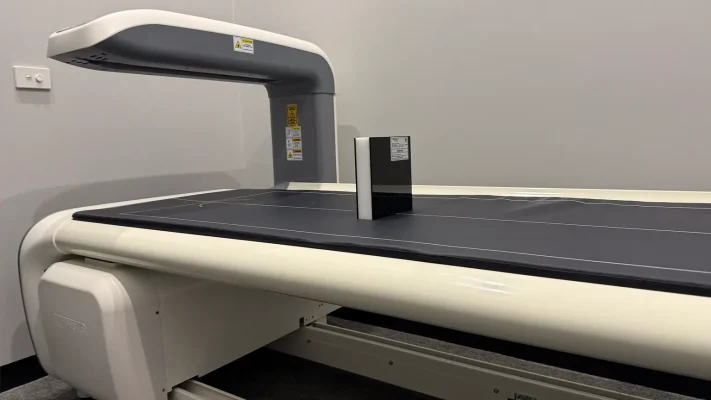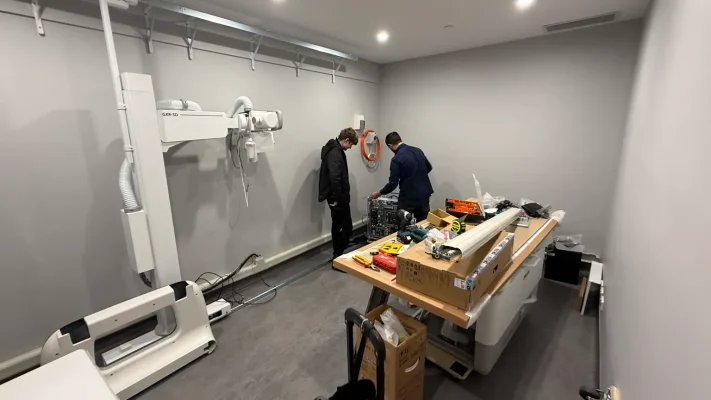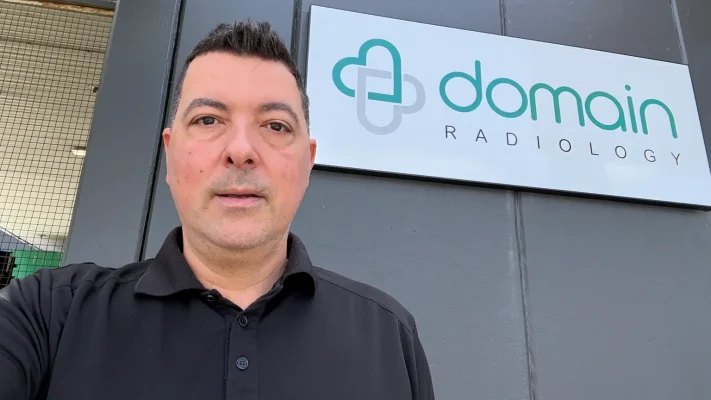Home » How to Deal With Telephone Scams in the Workplace
How to identify and prevent telephone scams in your workplace
Telephone scams are on the rise, both in frequency and sophistication. From fake technical support calls to scammers impersonating government agencies, cybercriminals continue to develop new ways to deceive individuals over the phone. At Medic Cloud, we’re committed to helping your team recognise and report these threats before any damage occurs.

Sam, Medic Cloud Managing Director
Why telephone scams work so well
Unlike emails, phone scams build on a false sense of urgency and immediate trust. Scammers often intimidate, pressure, or impersonate trusted sources to prompt quick action. By using VoIP systems and spoofed caller IDs, they can easily appear legitimate—making it even harder to distinguish a scam from a real call.
Common telephone scam techniques
Cybercriminals use a range of deceptive tactics. Below are some of the most frequent methods:
Technical support scams
Scammers pose as representatives from Microsoft or your IT provider. They claim your system has issues and request remote access to your devices.
Government or Australian Taxation Office impersonation
Callers allege you owe money or are under investigation. They use threats of arrest or fines to coerce immediate payment.
Bank or finance verification
Scammers pretend to be from your bank or another financial institution. They may ask you to verify account activity or transfer funds to a “safe” account.
Internal business impersonation
Fraudsters pose as colleagues from other departments. They request access to systems, password resets, or sensitive transactions.
SMS or messaging application scams
You may receive an SMS or message on a smartphone application requesting money or you to act on a task. Stop. Do not do this and do not touch/click any links in the message.
How to spot a phone scam
Stay alert for these red flags:
-
Unsolicited calls from organisations you recognise.
-
Urgent demands such as “This can’t wait” or “You must act now.”
-
Requests for sensitive details like passwords, account numbers, or login credentials.
-
Aggressive or evasive behaviour when you ask questions.
Steps to take when you receive a suspicious call
Protect yourself and your organisation by taking these actions:
-
Never share usernames or passwords over the phone. Medic Cloud will never request this information.
-
Hang up immediately if the call feels suspicious or pressuring.
-
Verify the caller by contacting the organisation through a trusted number.
-
Report the incident to your internal team and notify us for further guidance.
Promote a culture of immediate reporting
Quick action can prevent major losses. Encourage your team to speak up right away—there’s no shame in being targeted. The faster you report, the better you can contain the risk.
Scam quiz – how savvy are you?
Test your knowledge of common online scams. This is an external quiz managed by ScamWatch.
Global telephone scam statistics (2024)
| Timeframe | Phone Scams Reported | Estimated Cost to Organisations | Estimated Cost to Individuals |
|---|---|---|---|
| Daily | 1.2 million+ | AUD $19.7 million | AUD $3.8 million |
| Weekly | 8.5 million+ | AUD $138 million | AUD $26.6 million |
| Annually | 480 million+ | AUD $7.2 billion | AUD $1.3 billion |
Source: Scamwatch, IDCare, and global cybersecurity agencies (2024)
Final thoughts
Just one phone call can lead to irreversible damage. Start protecting your business by raising awareness. Share this guide, educate your team, and remember: when in doubt, reach out to Medic Cloud. We’re here to support you.
Read more blogs

Subscribe to Medic Hub
Get the latest insights direct to your inbox.



